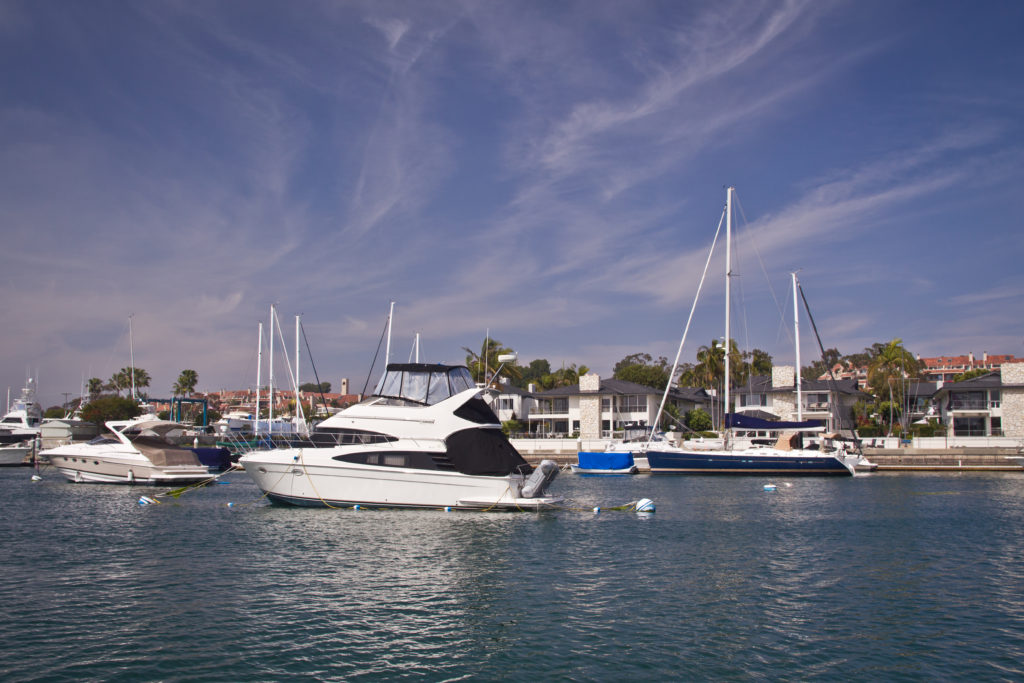If you’ve ever looked out at the bay and wondered what all those floating buoys are doing, get ready to meet the smartest ones yet. HyperKelp’s Kelp Smart Buoys (KSBs) are set to be deployed in San Diego Bay, quietly collecting data, tracking environmental changes, and helping to shape the future of maritime sustainability. These bright yellow, four-sided floating data stations might not look like much at first glance, but beneath the surface, they’re revolutionizing how we monitor and protect our waters.
Image courtesy of HyperKelp Inc.
HyperKelp, a cutting-edge ocean technology company, has been making waves in the maritime sector since its founding in 2021. The company specializes in developing smart buoy platforms, loaded with sensors that gather and transmit real-time oceanic data. Their mission? To provide scientists, environmentalists, and policymakers with accurate, immediate insights into our changing waters.
For San Diego, these smart buoys mean more than just another piece of floating equipment. Thanks to a $250,000 partnership with the Port of San Diego’s Blue Economy Incubator, HyperKelp’s buoys will play a crucial role in environmental protection, conservation, and sustainability projects. From tracking water quality and emissions to assisting in aquaculture planning, these buoys are more than...







